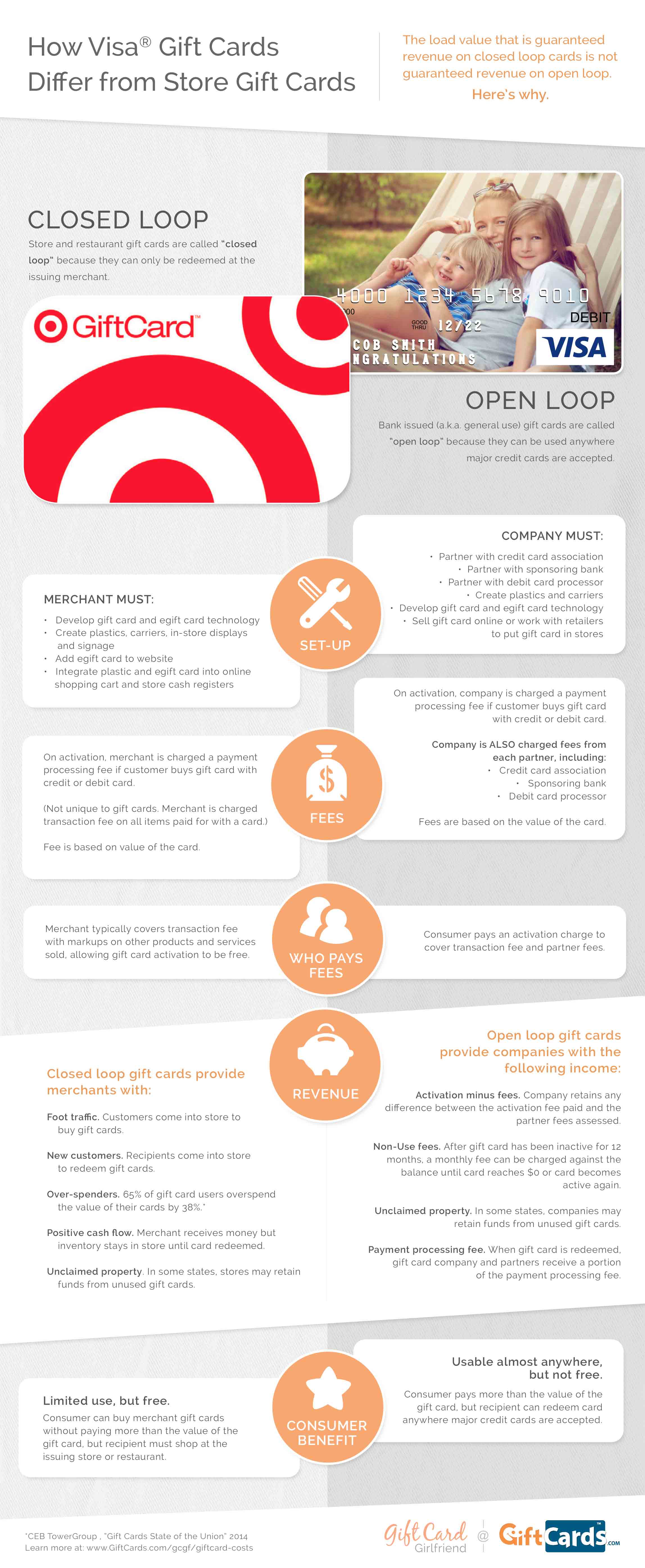Personalized glass honors evoke an undeviating spirit of commitment and quality. They promote a culture of recognition that transcends hierarchical boundaries.
Wheel engraving is shown on a cup most likely made in the 1700s covered with elaborate Chinese-style themes. These concepts revealed obligation to the Jacobite cause. This is an amazing instance of just how imported Eastern goods influenced European design patterns.
Beginnings
As glassmaking came to be extra sophisticated, engravers understood that a style contributed to an item of glass changed it from useful right into preferable. They experimented with a variety of scraping, abrading and reducing methods.
One of the most skilled engravers produced fine comprehensive work. Anna Roemers Visscher, who was a glass cutter and engraver, was renowned for her delicate flowers, influenced by the nature publications preferred in her time.
Engravers additionally sculpted great linework right into glass. By the end of the 17th century, engravers had actually started to desert straight quality in favour of crosshatched chiaroscuro results. Among the earliest instances is videotaped on a jug by a Rotterdam engraver that signed his work with a scribbled freedom and vigour that lifted it above the remainder.
Engraving continued to be a prominent method, although it was significantly overshadowed by cut glass and brand-new methods such as etching, which was more affordable than etching. Nevertheless, economic pressures after c1905, along with decreasing high quality of cut glass, saw an increase in the popularity of engraved glass, referred to as rock crystal.
Techniques
Glassmakers used a variety of techniques to mark or decorate the surface area of a vessel, often combining various approaches. One strategy called stipple inscription, for instance, utilizes a point of tungsten or diamond to make small dots on the glass surface which create contrasting white lines when light sparkles via them.
Personalized glass honors are treasured for their beauty and status. They reflect the deep esteem and respect that firms hold for their staff members and cultivate a society of excellence.
The translucency of glass embodies the openness and sincerity of business acknowledgment, motivating recipients to take stock of their success and reflect on their trip in the company. Additionally, the capability of engraved glass to display tailored message and images enables the creation of highly one-of-a-kind and significant honors that stimulate the sense of majesty associated with this exceptional material.
Styles
From the streamlined lines of corporate awards to the engraved message on glass trophies, inscribed crystal is a sophisticated icon of acknowledgment. Whether displayed on someone's workdesk or maintained as a keepsake, these personalized items communicate a sense of prestige and professionalism that is hard to discover in other products.
The design of engraved glass has actually transformed in time to reflect transforming tastes and technological breakthroughs. The ancient technique of copper-wheel inscription has defied forecasts of obsolescence, and new strategies like etching are taking control of where stippling once held sway.
The earliest diamond-point inscription, of the 16th century, is rigid and formal. It progressively ended up being more flexible and pleasing, but can quickly degenerate right into over-elaboration. In the 19th century Thomas Webb & Sons introduced "rock crystal" with deep cutting and copper-wheel inscription, which mimicked luxury vessels cut of rock crystal in Europe and the Orient (see Ewer by Webb & Sons). The company's primary engravers were Bohemian immigrants Frederick Engelbert Kny and William Fritsche, that authorized their work with a monogrammed G.
Meaning
Personalized glass was costly and sought after. This was since it involved one of the most demanding glass refining strategy and depended upon the precision and initiative of an experienced artisan. The highest point of inscribing was available in the 17th century and was significantly a part of the Baroque and Rococo durations.
Throughout this time around, engraved cups could be used to interact messages of social status. They would certainly display household crests and political allegiances. They might also flaunt one's taste for the latest style and design patterns.
Today, engraved glass is still a crucial art form. Nevertheless, advances in modern technology and laser technology have structured the process and made it a lot more precise. The resulting complex designs are both sensational and durable. Additionally, new kinds of glass have actually been developed to react better to lasers. This has increased the possibilities for musicians and designers. It likewise humorous glass engraving quotes decreases the environmental effect of the procedure. For instance, optical crystal is a superb choice for personalized honors because it is clear and shows light well.
